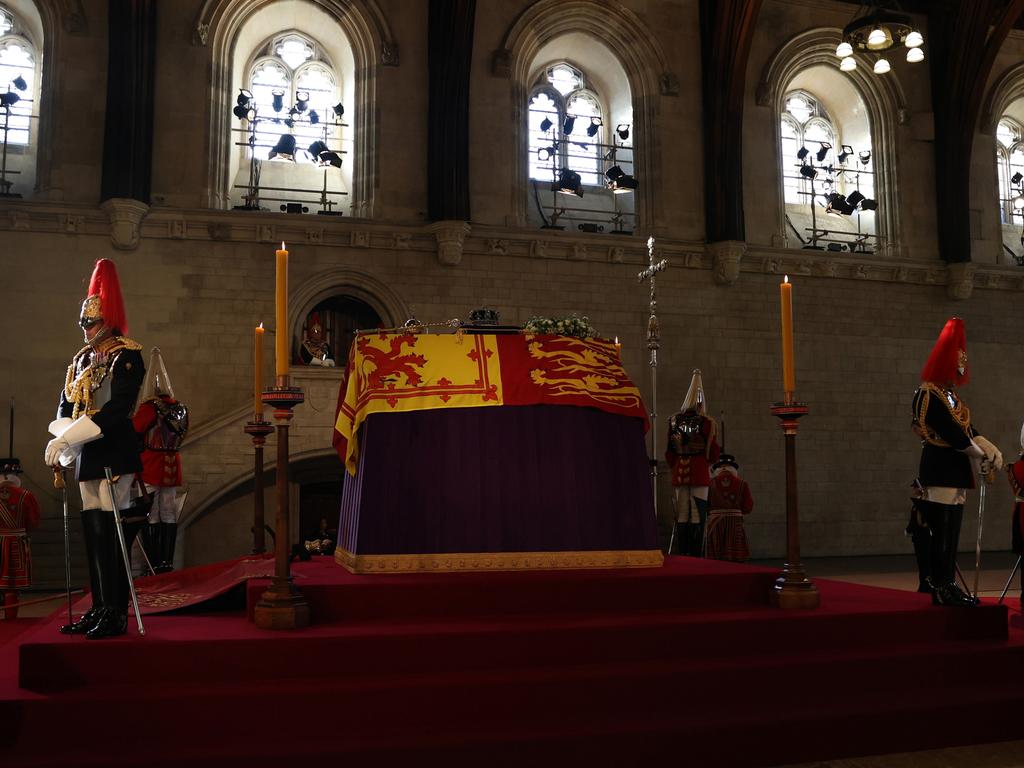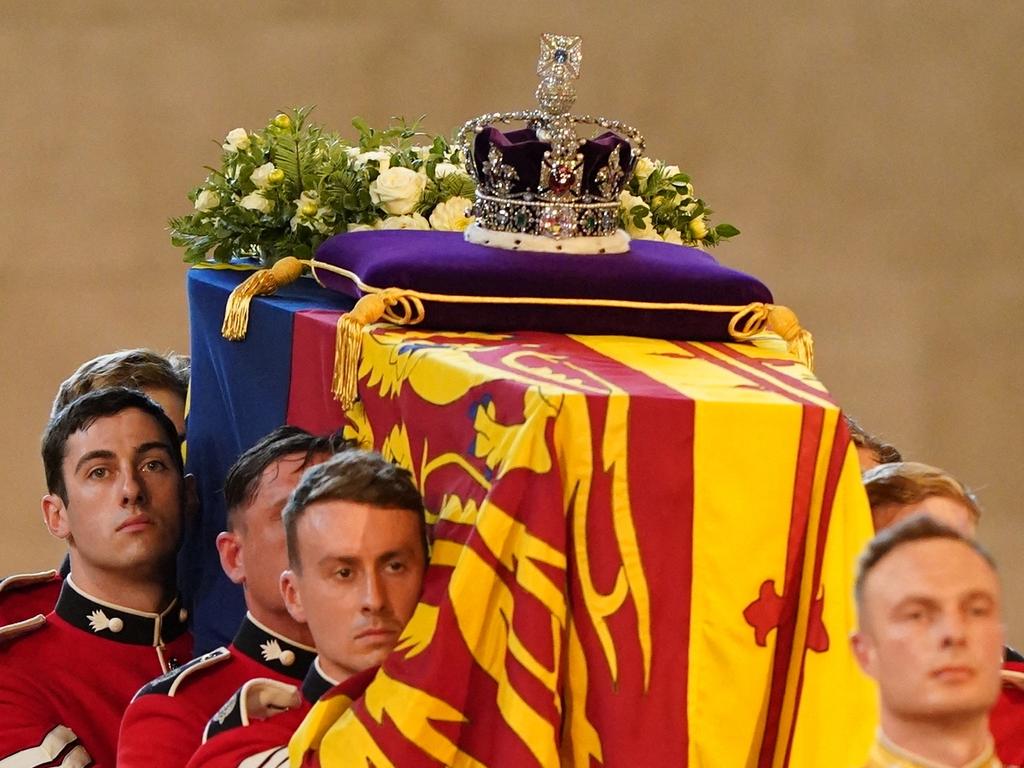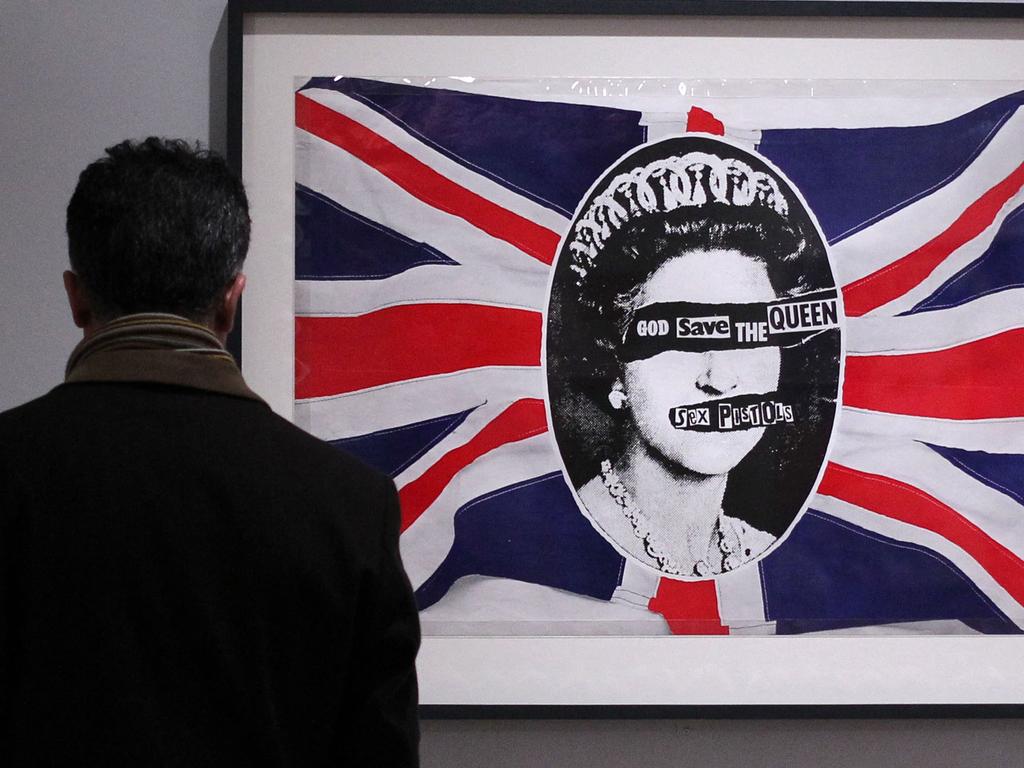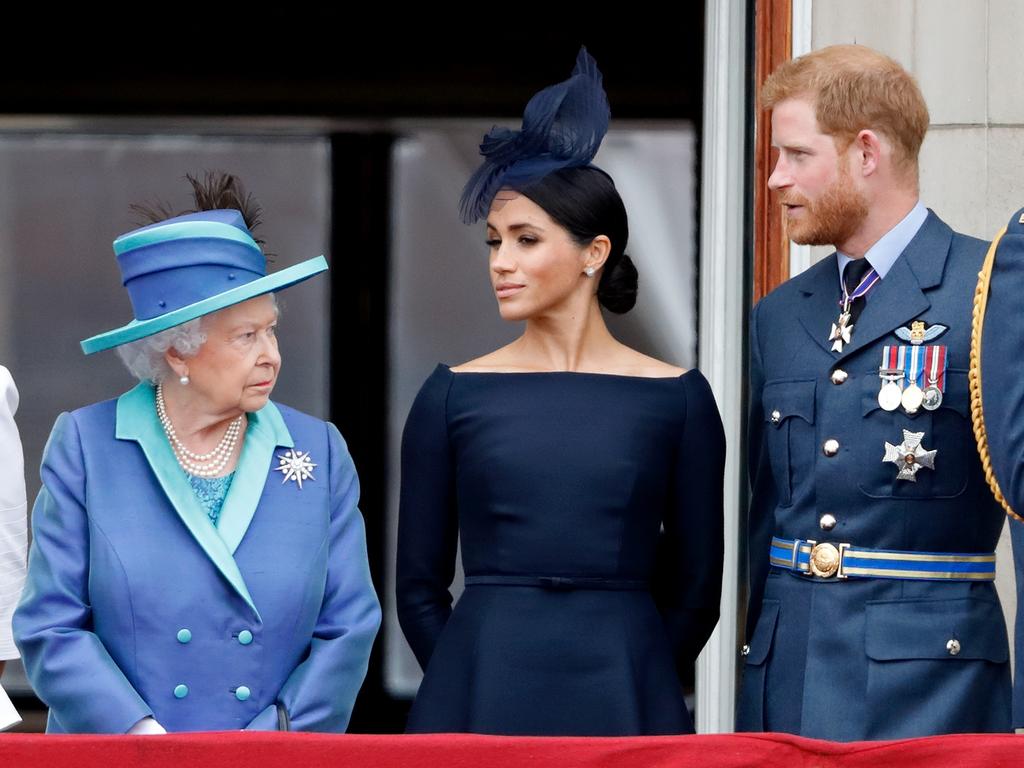Queen Elizabeth II: Tales from a life so well lived

I was one of those children who stood in the sun to see her passing by and it is a unifying memory for all sorts of baby boomers in Australia, that moment in 1954. That flash of the young Queen in the fancy car. There were the kids who melted, the kids who roared, the kids who wet themselves because there was nowhere to go. Robert Menzies, who was prime minister, waxed lyrical about it: he did but see her passing by, and yet he loved her till he died.
But there was an odd ambivalence around too. We ankle biters heard men over their beers talk in a Fall of Singapore way about how the Poms had let us down, and it was natural that John Curtin had made that turn to our great and powerful friend, America.
But at the same time there was immense respect for the young Queen’s father, George VI who died so young and who had wanted to go into battle himself. His wife, the Queen Mother as we called her, had been described by Hitler as the most dangerous woman in Europe because it was she who had said when Buckingham Palace was bombed, “Now we can look the East End in the face”.
The Queen was schooled by the war. One of the early stories we know of her is the story of the young princesses Lilibet and Margaret Rose sneaking out of the palace to join in the VE Day celebrations and no one noticing them in the exultant tumult of the crowd. Lilibet because that’s how she mispronounced her name as a babe in arms. By the time she dazzled the main streets of the cities of Australia, she was already the servant of the people she ruled. Never mind that Lady Glenconner said, “For heaven’s sake, her father was Emperor of India”.

My father, the young journalist of 25, had the strangest glimpse of the regnancy at work on that first visit in 1954. He was at a function so choreographed that he had been told precisely where to look, at what angle, with what steadiness of gaze, and discovered, as a consequence, that as the Queen in slow and stately fashion descended the stairs he was staring for what felt like the longest time at the royal drawers. He thought that at any moment he would be apprehended and executed for high treason.
Prince Philip was then no darling of the fourth estate because he used to delight, so my father said, in turning the sprinklers on the press, a story with its own appeal in those childhood days. But the world was full of regal stories high and low. It’s no doubt true that the women’s magazine culture of 1950s Australia did a lot to keep everyone conscious of the royal family from the start of the Queen’s reign.
Cinemas would regularly replay the colour film of the coronation. The Queen was a constant presence when we went to the pictures because it was footage of her, flatteringly shot, riding side saddle in the uniform of the Grenadier Guards that accompanied what was still then the national anthem and – a bit unbelievably – we all stood up to the strains of God Save the Queen.
Were we bemused by the Queen? At some level we were but we also felt a strange ambivalent intimacy with this woman: this very presentable-looking woman who was also not a starry figure like her sister Princess Margaret. The old adage seems to have been true when it came to George VI and the Queen Mother. Lilibet was their pride but Margaret Rose, the hell raker, was their joy.

Much good it did her. In the 1950s, the Queen wore a mantilla for her audience with Pope Pius XII, a very careful, very elegant choice, a deferential act of good taste but what a mighty monarch the Defender of the Faith and the head of the Church of England looked in that Roman setting. Margaret, on the other hand, was a tearaway and a star. Christopher Hitchens said once that you didn’t have to be too upwardly mobile to find yourself at a party where Princess Margaret sat down at a piano, threw her head back, and accompanied herself in a rousing rendition of My Old Man’s a Dustman. So much slashing style, and so much for the Emperor of India.
But Margaret had her reasons for bitterness. In the 1950s she had wanted to marry a group captain, Peter Townsend, the dashing war hero, but a divorced man. In those long-gone days everyone was paranoid about marrying someone who had been divorced, and the Queen Mother loathed Edward VIII, the king who abdicated in order to marry Wallis Simpson, an American divorcee, because she believed the crown had killed her beloved husband. So the Queen refused to grant permission for her sister to marry Townsend. The lady in the mantilla, the head of the church, listened to sage counsel and said no to her sister.
So in 1960, Margaret married Antony Armstrong-Jones, the bisexual society photographer who was dripping with style and who became Lord Snowdon.
A friend of mine was a friend of the poet John Betjeman and his mistress Lady Elizabeth Cavendish and they took her to Kensington Palace to have dinner with Princess Margaret and Lord Snowdon.

She watched the Queen’s sister drink a whole bottle of gin solo. At a given point she said of the Queen: “If I were ever to put my fingers into that woman’s purse, I would have them chopped orf.”
But anyone who was growing up at the time will know the stories The Crown television series sometimes elaborates beyond the realm of history. But all sorts of stories are there in the mind because they are the titbits of the family of a monarch who was reserved but who ensured, through force of character and devotion to duty, that she would be cherished.
So we learnt that the new King Charles was caned at his prep school for nicking a cherry brandy. We learned of the toughness and coolness of his father Prince Philip who sent him to that cold shower school Gordonstoun which he thought had done its bit to turn him into a man. He was also incensed when he failed to have the royal family’s name changed from Windsor to Mountbatten.
There were various stories in the 70s about how the Queen would go off to see a film with an old art historian friend wearing the plainest clothes and a scarf, and sometimes people would give her a second look and think, “That woman looks a bit like the Queen”.
There were tales about roving sailors but when a young journalist decided to ask Prince Philip if he had affairs, he stared icily and said, “Good God, woman, I don’t know what sort of company you keep.”

Charles seems to have always been in love with Camilla, who the Queen recently ensured would be Queen Consort. No one is talking about the “Tampax” quote and the deadly interview Princess Diana gave to Martin Bashir, or her own death and the outpouring of grief.
No wonder the Queen spoke of an annus horribilis. She has had her fair share of sorrows. Princess Margaret used to say to her, “Are you reigning today, Lilibet?” But when Margaret died, the eyes of the almost always expressionless Queen were wet with tears.
But she had moments of utterly steely resolve. She stopped the crown’s case against the butler Paul Burrell, accused of stealing Diana’s possessions, by “recalling” the moment she had given him permission.
But we hear the Queen’s voice in the most casual quotation. When Miriam Margolyes said to her, as she was receiving some gong, “I’m the finest spoken word artist in the world,” the Queen said to her: “Are you indeed?” and turned to the next person to be decorated. When Margolyes proceeded to interrupt, Her Majesty said: “You be quiet.”

When she was giving an award to a heroic hospital administrator, the Queen said, “I hear you are a keen supporter of the Carlton football club”. “Collingwood, your Majesty!” came the appalled reply. “I knew it would be one of the two,” said the Queen.
When I had doubts about voting for the republic I said to my constitutional lawyer brother, “Greg, what’s wrong with a constitutional monarchy?” and he replied, “For God’s sake, Peter, if you want to preserve the constitutional monarchy, vote for the Turnbull/Keating model of the republic”. He said that when the issue came again, if the minimalist model was rejected, the movement would be for an elected president and this would be a disimprovement.
It was Keating who summed the Queen up best. She stood, he said, for the public good at a time of private dominance.







What a strange thing it is that the Queen has died. The Queen is dead. Long live the King. It’s still weird when you think this reserved, in many ways inscrutable, woman had reigned from 1952 when she was just 25 and Winston Churchill was prime minister and Josef Stalin was the dictator of the Soviet Union.